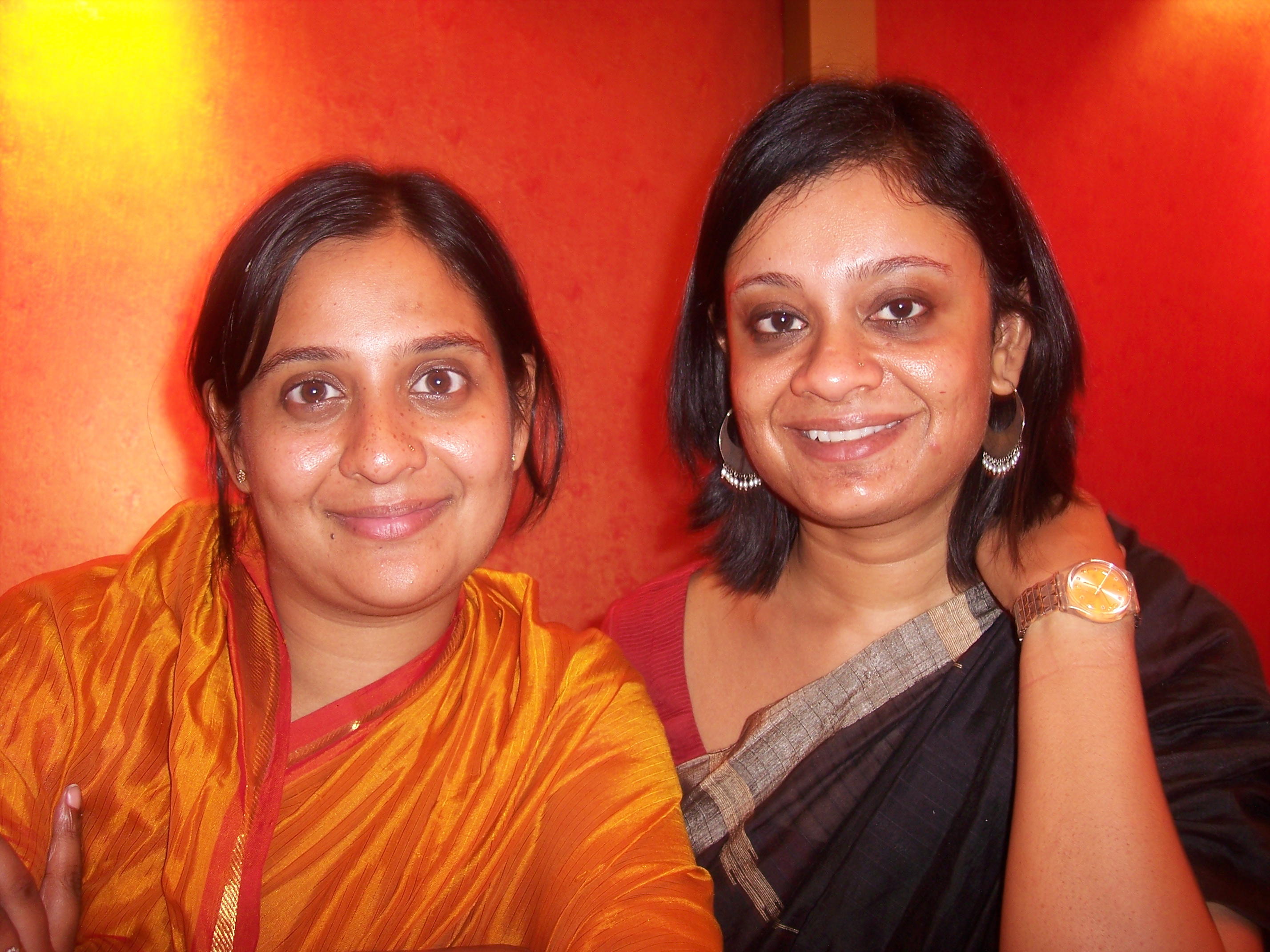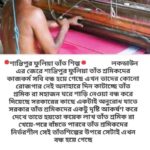My Saree story: Saree Production in the Sundarbans in West Bengal
I am an anthropologist who has conducted deep research into saree production by men, women and children in the Bengal countryside. So my sari story is a bit different, as it involves a discussion of how saris are made. I wanted to share this important story with the widest possible audience, so I’m adding it to 100sareepact.com
I own a gray nylon sari, hand-embroidered with swirling threadwork and raised
gray beads, and decorated along its border with silver sequins. I bought it from
Rabiul Sheikh, an entrepreneur in the sari embroidery industry, from the riverside
village of Kulpi. Kulpi is located in the South 24 Parganas district, about
fifty miles from Kolkata. It is a central location from which sari embroidery is
spreading across large parts of rural Bengal. The Bengali term for the embroidery
industry is zarir kaaj (metallic threadwork). Zarir kaaj refers to the work of
hand-embroidering saris with metallic thread, as well as beads, stones, and
sequins.
After buying the sari, I watched as Bani, a middle-aged woman from
Pathor Protima island, handed Rabiul a large bundle of embroidered saris.
She was returning the saris that she had collected from him a month earlier to
be embroidered by family and friends in her village. She had taken two buses
and a boat to reach Kulpi, a seven-hour journey. Like Bani, thousands of
men, women, and children across South 24 Parganas work in sari embroidery.
These saris rarely sell in the villages where they are hand-embroidered.
Rather, they are consumed in urban centers, where such embroidery is in
demand.
To read more about saree production, please see http://journals.cambridge.org/repo_A986eYh3zpOS0U

